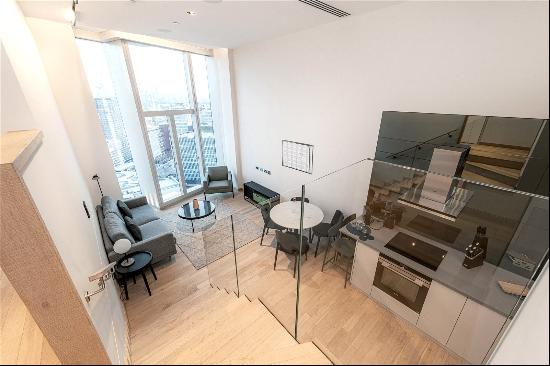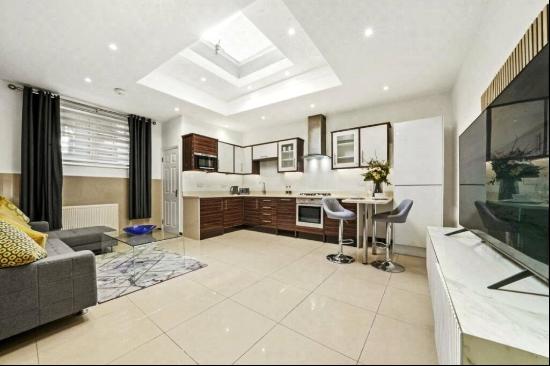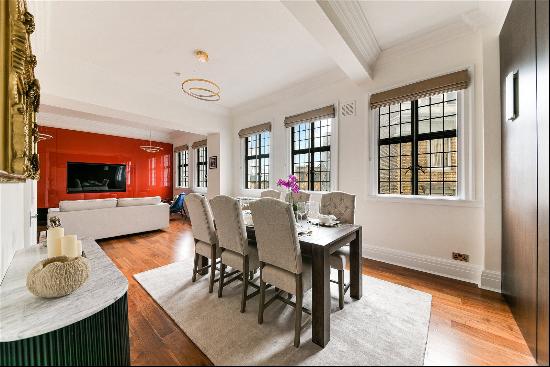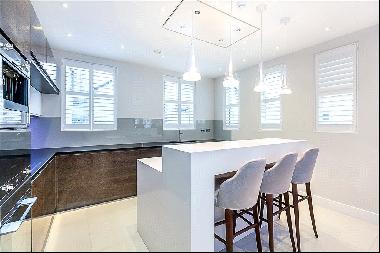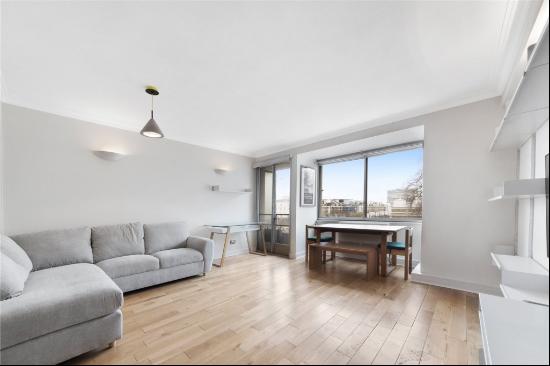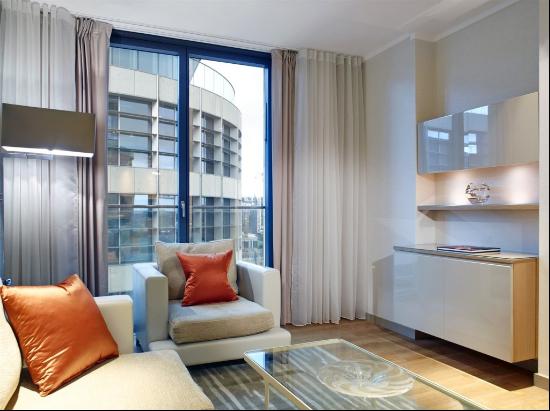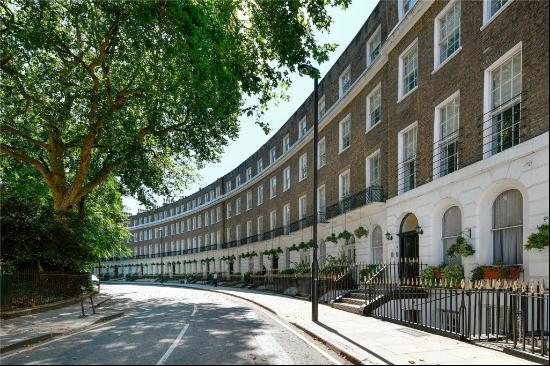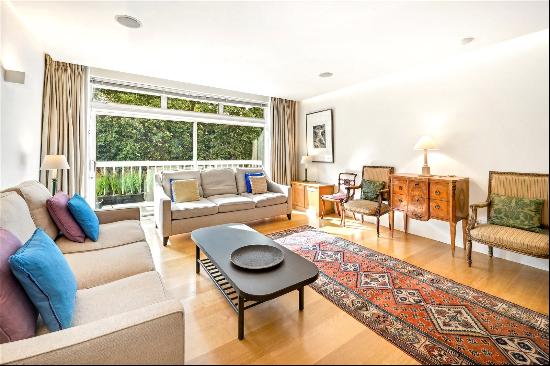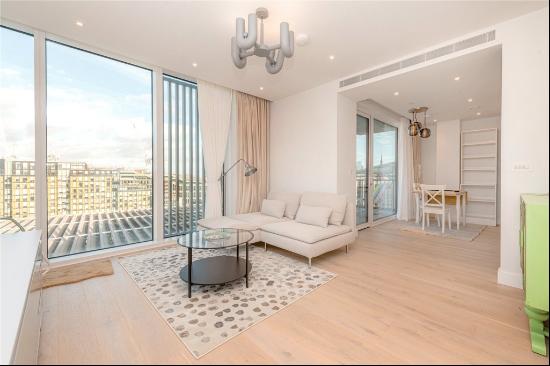
By Kate Youde
Make a good first impression
Presentation is key, says London-based property consultant Simon Barnes: buyers will view a “clean and shiny” house, with a neat garden, as a home ready to move into. “People’s impressions are made within a couple of minutes of looking at a house or a flat and so [with] the presentation you’re adding value, or you’re maintaining value,” he says. “Equally, get it wrong and the value goes down the further into the house you go.”
If you are selling an unfurnished home, it pays to fill it with rented furniture, paintings and books, says Barnes. “For every thousand you spend on furnishing and decorating, you’re adding £10,000 to the value,” he suggests.
This four-bedroom house, situated between London’s Earl’s Court and Chelsea, has been refurbished by its owners and has a tidy exterior. It is on the market for £6.95m.

Set the stage
In New York, staging luxury property has evolved from adding furniture and “straightening up” a home to completely remodelling it, according to Brian Meier, a licensed associate real estate broker for Christie’s International. He says staging makes rooms look and feel larger, and more “usable”.
The process can be pricey: Meier is preparing to market a 4,500 sq ft four-bedroom penthouse in Chelsea, Manhattan, where staging work is costing about $250,000. Walls are being repainted or moved, floors refinished and the lighting changed. He expects the finished apartment to sell for $20m.
“If I didn’t stage it the way I wanted to I’d have to drop the price a million dollars,” says Meier. “But it’s not just the number on it, it’s the time. I’m going to sell it a lot faster because I’ll need fewer buyers to walk in the door.”
Meier is marketing a four-bedroom apartment on East 9th Street in Greenwich Village, which underwent staging work, for $7.25m.

Consider a dressing room
London-based interior designer Laura Hammett says storage is essential to buyers. Her prime central London clients often convert a fourth or fifth bedroom into a dressing room. “I think that’s actually more valuable to people, having that extra luxurious space,” she says.
Hammett advises homeowners against generic decor, and instead recommends designing “in a way that’s true to them” and draws out a property’s history. “What’s important is to not overly personalise your home and to make sure you’re not alienating the potential buyer, whether that’s [through] space planning or redecoration, or something that’s quite an investment,” she says.
The master bedroom of this three-bedroom maisonette in South Kensington has a separate dressing room as well as an en-suite bathroom. On the market for £3.75m, the property has scope for converting a small room adjoining the main bedroom into a second dressing room.

Do your homework
Before you make costly renovations, award-winning UK architect Will Foster recommends researching the highest value achieved by a property in your street in the last four years. This will enable you to work out what you could achieve if you invest in your home.
Researching likely buyers can also help increase your home’s price. For example, Foster says London’s Knightsbridge is popular with Qatari and Saudi buyers, who “love lifts” in the area’s tall, narrow houses. Integrated air conditioning is also desirable. “If I had an old house in the middle of Knightsbridge now and I was looking to develop it, I’d make sure they were on the list,” he says.
This five-bedroom house in Knightsbridge has a passenger lift to all floors and air conditioning throughout. It could be yours for £11.95m.
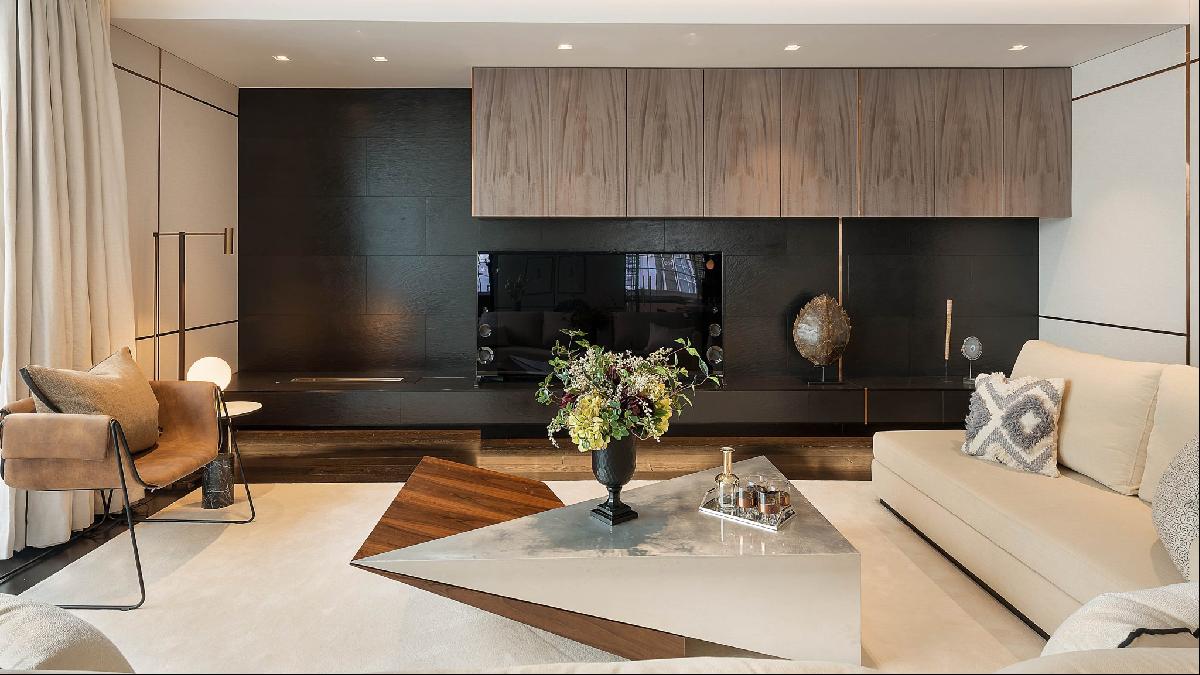
Zone your garden
UK landscape architect Jo Thompson reckons that garden improvements — done the right way — can add between 10 and 20 per cent to a property’s value. She recommends prime property owners subtly delineate a garden to create notional spaces for different activities: perhaps a place for children to play, a dining area, somewhere to relax and an entertaining area. “Buyers can see how that space is used,” she says.
In a city garden, Thompson advises seeing what you can “borrow” from beyond your boundary. “Is there a big plane tree in a neighbour’s garden which, with a bit of screening, you can make look as if it’s part of [your own] garden?” she asks. “It makes the garden feel bigger.”
This £1.6m seven-bedroom house, within walking distance of Croyde beach in Devon, has a terrace with separate dining and seating areas, as well as a large lawn for children’s games.

Photographs: Christie's International Real Estate; Alex Winship Photography Ltd; Allyson Lubow; Full Fat Photo


